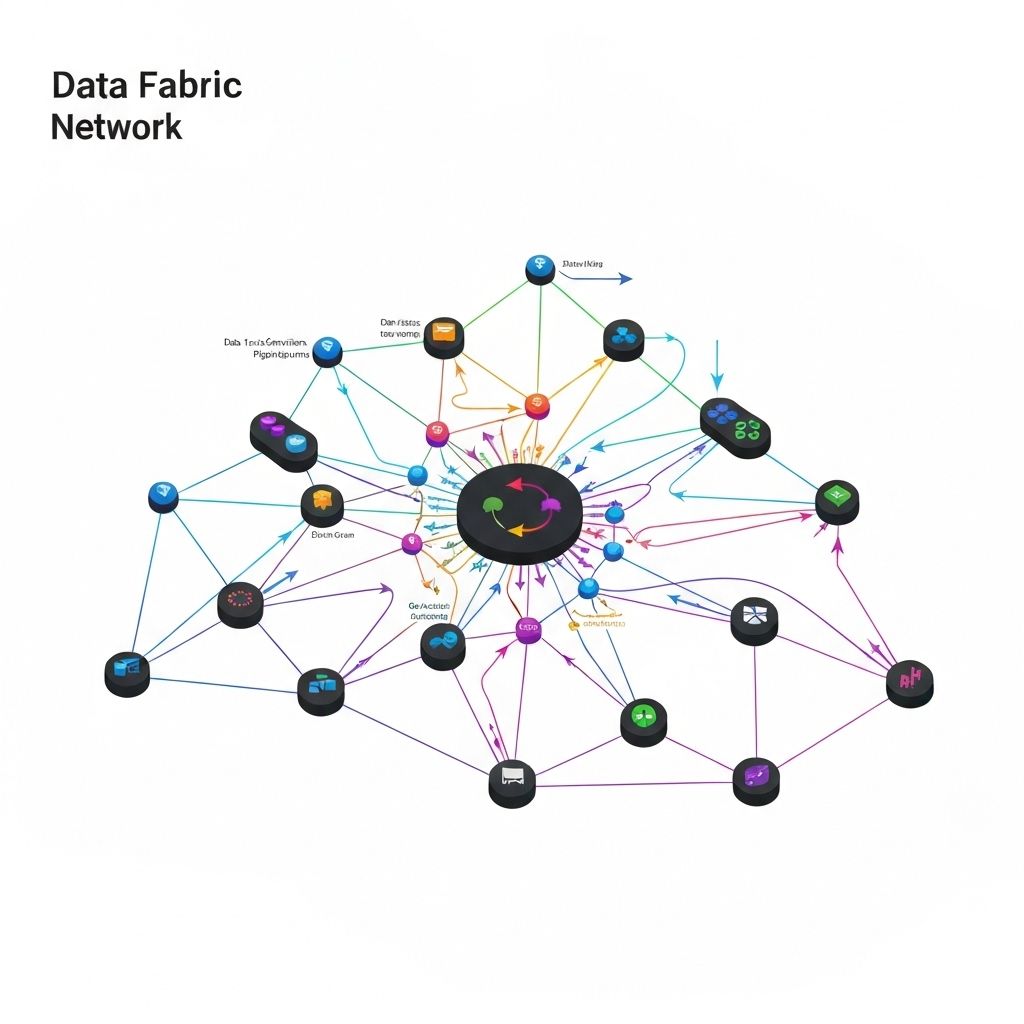Data Fabric: The Future of Data Integration and Management
The Data Management Maze
In the modern enterprise, data is more distributed than ever. It resides in on-premises databases, multiple public clouds, data lakes, and countless SaaS applications. This fragmentation creates a massive data management challenge. Traditional approaches like ETL (Extract, Transform, Load) are often slow, brittle, and create yet more data silos.
A data fabric is an emerging architectural approach that aims to solve this problem by creating an intelligent, integrated layer of data services over a distributed data landscape. It's not a single product, but a design concept that unifies data management, integration, and governance.
Core Principles of a Data Fabric
- Unified Data Access: A data fabric provides a single, consistent way to access and query data, regardless of where it is stored. It abstracts away the complexity of the underlying data sources.
- AI-Powered Metadata: The heart of a data fabric is an AI-driven knowledge graph of the organization's metadata. It automatically discovers, catalogs, and enriches metadata, providing a deep understanding of what data is available, where it is, and how it's related.
- Data Integration and Delivery: It supports multiple data delivery styles—from traditional ETL to real-time data streaming and virtualization—allowing data to be delivered to consumers in the format and speed they require.
- Automated Governance and Security: By centralizing metadata and data access policies, a data fabric automates data governance, ensuring that security and compliance rules are enforced consistently across the entire data landscape.
From Data Chaos to Data Intelligence
RaxCore is helping organizations design and implement data fabric architectures to break down data silos and accelerate digital transformation. By creating a self-service data platform, a data fabric empowers business users and data scientists to find and use the data they need, when they need it, without being data engineering experts.
This approach transforms data from a siloed, hard-to-access liability into an integrated, intelligent asset that can be leveraged to drive innovation and create a true data-driven culture.



